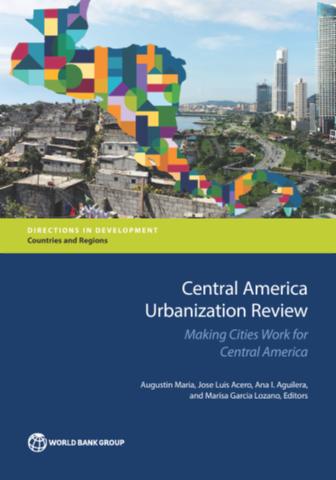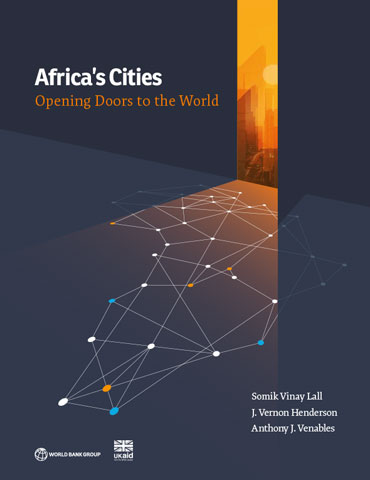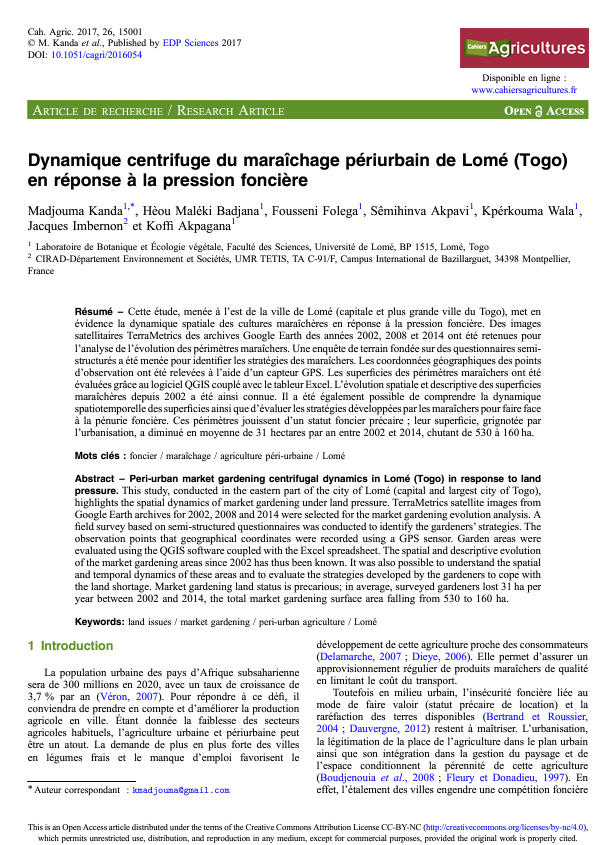Central America Urbanization Review
Central America is undergoing an important transition. Urban populations are increasing at accelerated speeds, bringing pressing challenges for development, as well as opportunities to boost sustained, inclusive and resilient growth. Today, 59 percent of the region’s population lives in urban areas, but it is expected that 7 out of 10 people will live in cities within the next generation.






